Rennet activity is strongly influenced by the temperature, the pH of the milk and the quantity of calcium chloride (CaCl2) added to the milk.
Temperature
In the temperature range normally used for cheese production, rennet activity increases with temperature.
Figure 1 Graph shows the relative activity for different types of rennet in a temperature range between 28°C and 34°C, taking 100% of activity at 31°C.
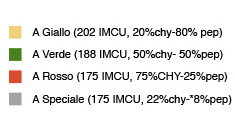
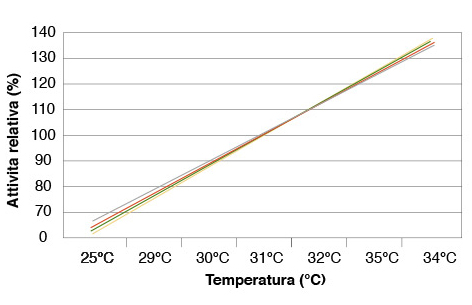
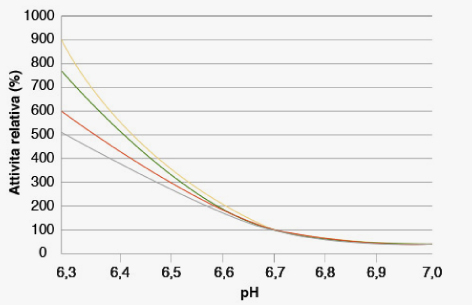
pH
In the pH range normally used for cheese production, rennet activity increases with decreasing pH.
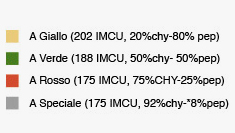
Addition of CaCl2
The addition of CaCl2 to milk facilitates coagulation and in practice increases the activity of the enzyme. However, the effect on rennet activity depends on the pH, with a greater effect around pH 6.6 – 6.8 and a lower effect at higher or lower pH values than those indicated.
Figure 3 graph illustrating the relative activity of the product A Speciale (175 IMCU, 92% chy-8% pep) when the addition of CaCl2 varies and at different pH, assuming 100% of activity with the addition of 0.15 g of CaCl2 per liter of milk.
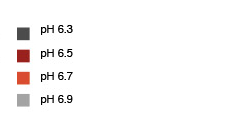
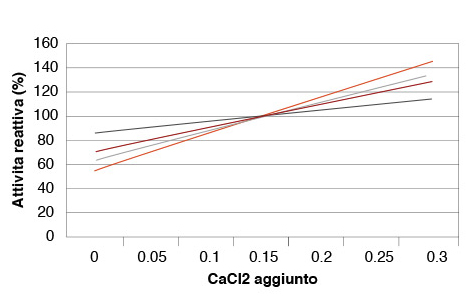
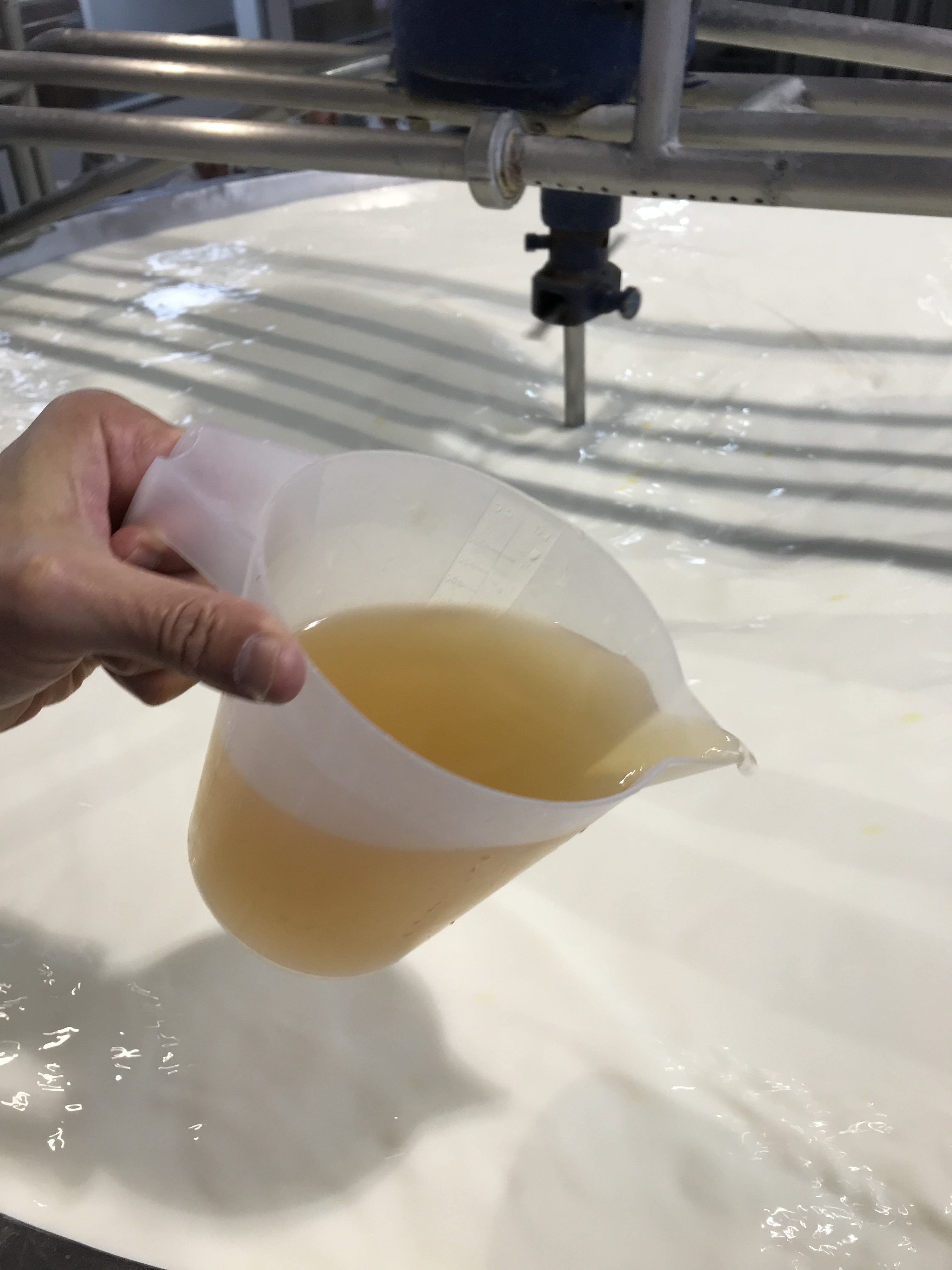
Dosage
The recommended dosage of rennet in milk is approximately 30 ml per 100 kg of milk for cheese to have a curdling time of about 30 to 40 minutes, given the following conditions in the milk intended for the cheese when rennet is added.
To calculate the dosage when the pH and temperature differ from those indicated above, use table 1. If the amount of CaCl2 added differs from 0.15 g /liter, use table 2 to obtain an activity factor corresponding to the quantity of CaCl2 added and at pH. Multiply the dosage indicated in Table 1 by the factor derived from Table 2 to get the recommended dosage.
Example
When the rennet is added, the pH is 6.5, the temperature is 31°C and 0.2 g/liter of CaCl2 were added to the milk.
From Table 1 we obtain a recommended dosage of 11ml/100 kg of milk and Table 2 indicates a factor of 0.89. We multiply 11 by 0.89 to have a recommended dosage of 9.8ml/100kg.
It is important to bear in mind that a number of other parameters have less influence on rennet activity, such as protein content in milk, protein composition, somatic cell content and overall heat treatment of milk by the breeder to the boiler. The dosage can also be adjusted depending on the type of cheese the cheesemaker wants to produce. The dosages indicated in table 1 and the factors shown in table 2 below should be considered as an estimate that must be adapted by the dairyman in the manufacturing process.
Table 1. Recommended dosage for Special Rennet I (153 IMCU, 92% chy, 8% pep), dosage indicated as ml / 100 kg milk.
Table 2. Activity factors intended for the purpose of modifying the dosage obtained from table 1 if the amount of CaCl2 added differs from 0.15 g/liter
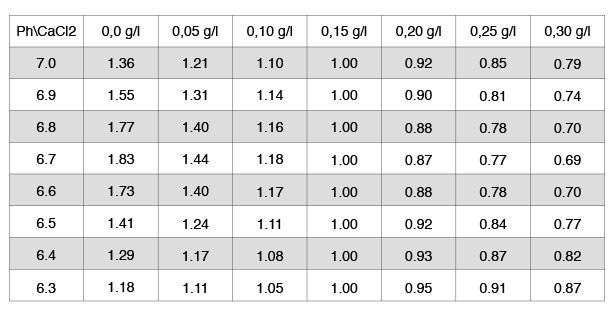
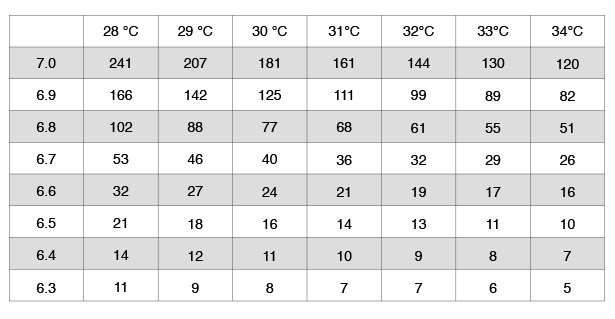
All studies were performed with anhydrous CaCl2.
Food calcium chloride, sold by the Sacco under the name GEOREN 37, has a CaCl2 content of 520 g/liter.
The conversion of the tables is therefore immediate.
Example: 0.15 g of CaCl2 per liter of milk equals to:
1000
0.15 x ———— = 0.15 x 1.923 = 0.29 ml / liter of milk = 29 ml di GEOREN/100 kg of milk
520
Study carried out using special type A liquid rennet (175 Imcu, 92% Chy, 8% Pep):
Strength: 175 IMCU/ml
Composition: chymosin 92% bovine pepsin 8%
